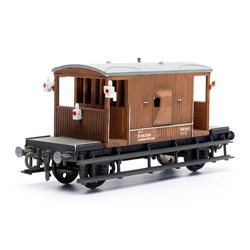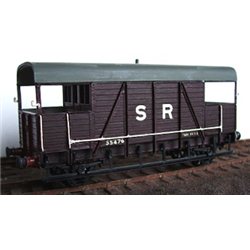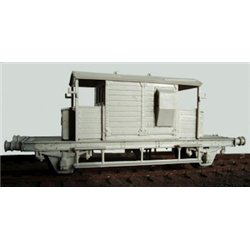The tightest N gauge Setrack curve presently produced by Peco is a first radius curve (228 mm radius).Getting to...
No products
Product successfully added to your shopping cart
There are 0 items in your cart. There is 1 item in your cart.
Search Tips
Christmas and New Year
We are dispatching orders every weekday apart from Christmas Day, Boxing Day and New Year's Day.
If you order is time critical, select next day delivery at checkout.
The shop in Sandown is closed from 25th December, reopening on 30th December.
How many brake vans should a goods train have?
The use of brake vans continued to become rarer as un-fitted wagons became withdrawn. By the late 1970s, only a few specific trains still required a brake van. Examples included any remaining unfitted or part-fitted trains, some dangerous chemicals trains, trains with an unusual cargo and some engineering trains. In 2021, the requirement to use brake vans in Great Britain was officially revoked when the rules were formally updated.
Click here to receive the tips weekly in your mailbox. You can unsubscribe at any time.










